US company Virtus Solis plans to use its Starship rocket to launch a kilometer-wide solar panel that will help generate and transmit electricity in space.
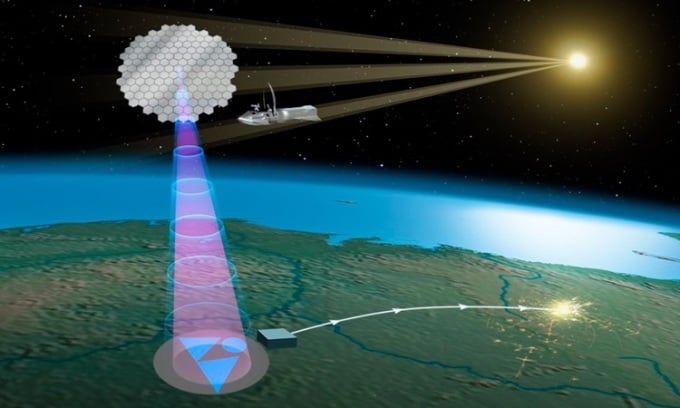
Simulation of Virtus Solis's orbital solar power generation system. Photo: Virtus Solis
Virtus Solis, a Michigan-based startup founded by former SpaceX rocket engineer John Bucknell, introduced the idea of transmitting solar power from space at the International Space Energy Conference in London in mid-April, Space reported on April 30. SpaceX's Starship rocket will change the race to produce solar power in space, making orbital power plants cheaper than many Earth-based methods, according to Virtus Solis.
The cost of launching satellites into space has plummeted in recent years, thanks to the advent of reusable rockets pioneered by SpaceX. The company now charges less than $3,000 per kilogram of cargo, but that’s still too high for space-based solar power generation, which requires giant solar panels larger than the International Space Station.
SpaceX promises that once the Starship rocket is fully operational, the cost of launching satellites into space will drop to $10 per kilogram. While that estimate may be a bit optimistic, Bucknell says that once the cost of launching into low Earth orbit drops below $200 per kilogram, solar power in space will be cheaper than electricity from nuclear power plants or coal and natural gas plants on the ground.
Solar panels currently provide the cheapest electricity on Earth, costing less than $30 per megawatt hour. But the sun doesn’t shine at night, and energy experts are scrambling to find ways to make up for the loss of power with other renewable sources. Nuclear, coal, and natural gas have so far been the backups to meet demand after dark or during bad weather. But coal plants would compromise the world’s emissions-reduction goals, and nuclear plants are much more expensive.
"Nuclear power costs $150 to $200 per megawatt hour. Our system could reduce the cost to about $30 per megawatt hour when applied at scale," Bucknell said.
Virtus Solis wants to build giant solar panels a kilometer across that can be assembled in orbit by robots from modules as wide as 1.6 meters. Hundreds of such modules could be transported by a Starship rocket into Molniya orbit, an elliptical orbit with the closest point at 800 kilometers above Earth and the farthest point at 35,000 kilometers.
A satellite in orbit takes 12 hours to complete one orbit around the planet. But because of the nature of this orbit, the spacecraft can stay in the most remote areas for more than 11 hours. So clusters of two or more satellites would provide a permanent base station for a region. A system of 16 solar panels would cover the entire world, transmitting energy in the form of microwaves to a giant receiving antenna on the ground.
Bucknell said the company is now working to improve the efficiency of wireless power transmission, a major obstacle to space-based solar power generation. Current systems are about 5% efficient, but efficiency needs to increase to 20% for practical use. In February, Virtus Solis announced plans to launch a power transmission satellite in 2027 to test solar cell assembly in space and transmit more than a kilowatt of power back to Earth. The company hopes to build a commercial megawatt-level solar plant by 2030.
An Khang (According to Space )
Source: https://vnexpress.net/ke-hoach-san-xuat-dien-mat-troi-trong-vu-tru-4740663.html



![[Photo] Moment of love: Myanmar people are moved to thank Vietnamese soldiers](https://vstatic.vietnam.vn/vietnam/resource/IMAGE/2025/4/3/9b2e07196eb14aa5aacb1bc9e067ae6f)

![[Photo] Special relics at the Vietnam Military History Museum associated with the heroic April 30th](https://vstatic.vietnam.vn/vietnam/resource/IMAGE/2025/4/3/a49d65b17b804e398de42bc2caba8368)
![[Photo] General Secretary To Lam receives Japanese Ambassador to Vietnam Ito Naoki](https://vstatic.vietnam.vn/vietnam/resource/IMAGE/2025/4/3/3a5d233bc09d4928ac9bfed97674be98)
![[Photo] Prime Minister Pham Minh Chinh chairs meeting after US announces reciprocal tariffs](https://vstatic.vietnam.vn/vietnam/resource/IMAGE/2025/4/3/ee90a2786c0a45d7868de039cef4a712)
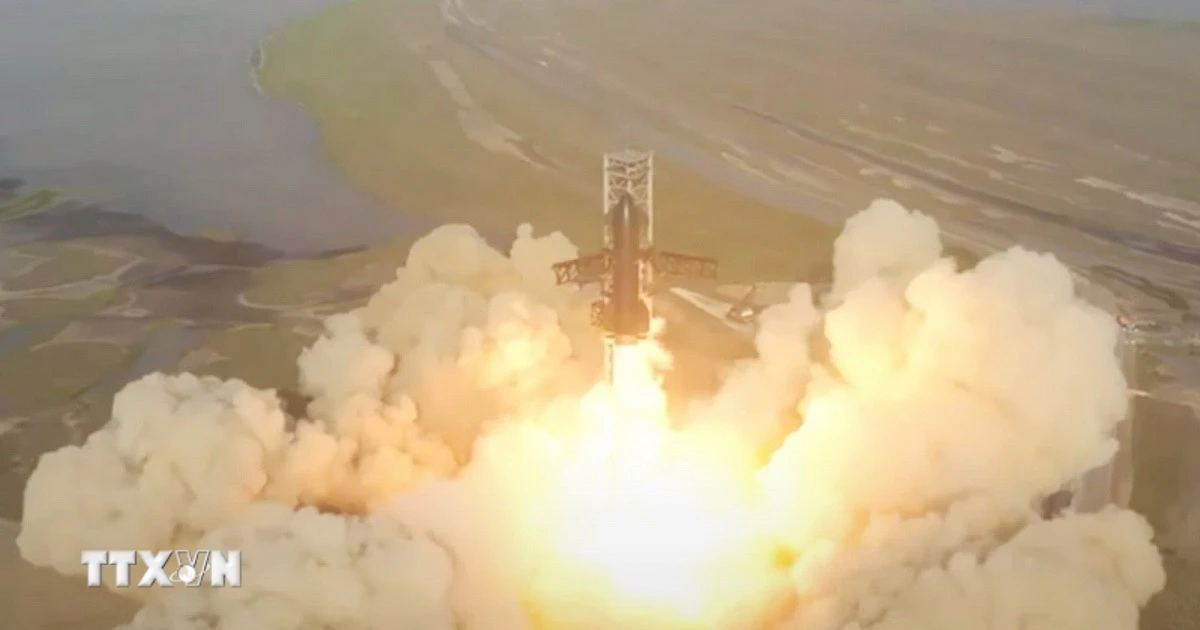

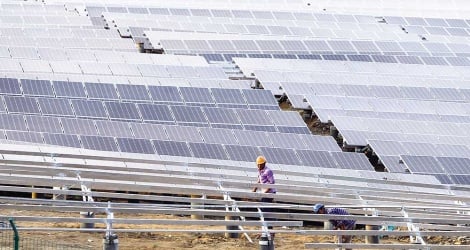

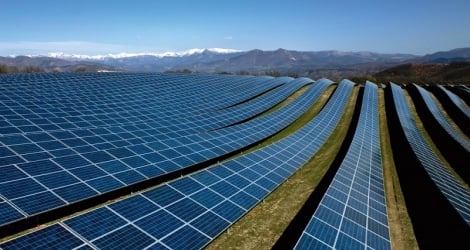


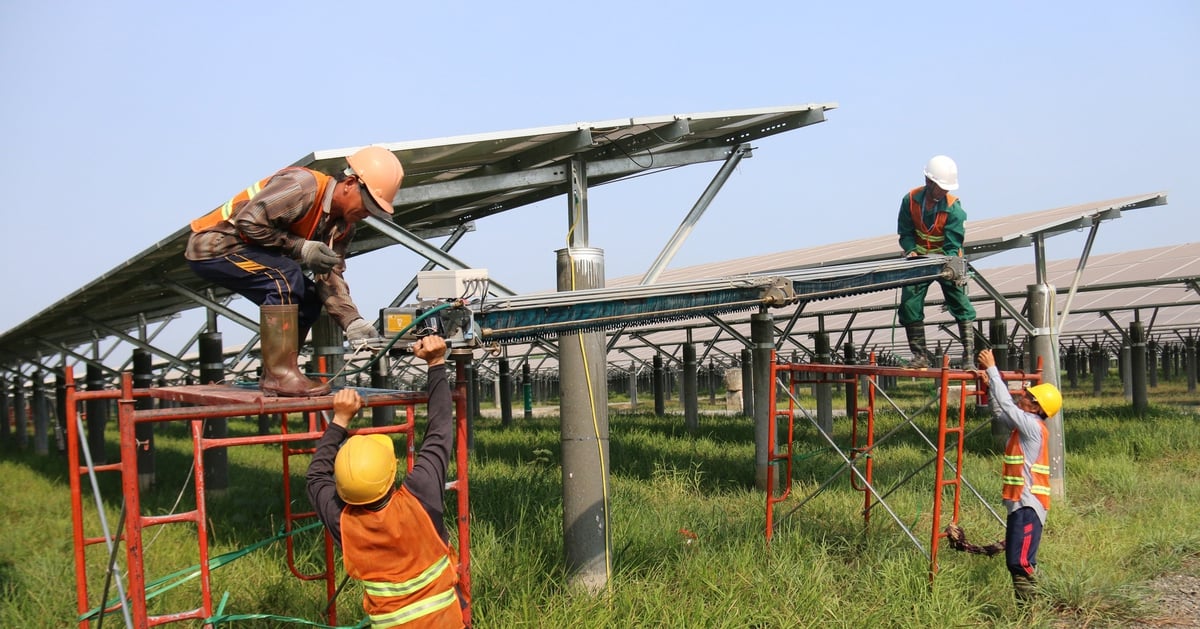


















































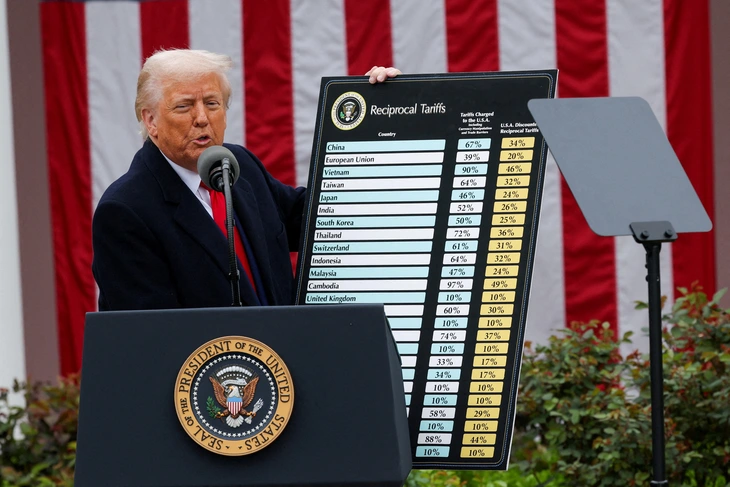




























Comment (0)